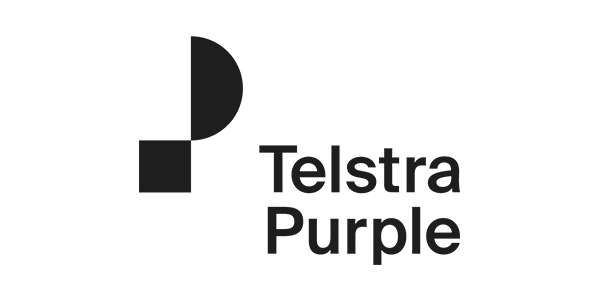Between the lines: should how we read dictate how we write?
People read online content in different ways: the F-Shape, the layer cake, the spotted pattern, the marking pattern. We read on different devices with different form factors and different-sized screens. Given that most people scan rather than read, should how we read online content inform how we write it?
We all do it, but most of us are unaware we do it. In 2007, the Nielsen Normal Group identified the F-Shaped pattern of online reading. In the F-Shaped pattern, users read first in a horizontal movement across the top part of the content, then a second, slightly shorter, horizontal movement further down the page. These movements form the upper and lower bars of the letter F. Then, lastly, users scan down the left side of the content, forming the F’s vertical stem.
Around the same time, Nielsen Normal found that users typically read only 20-28% of the words on an average web page. That number hasn’t really changed in the subsequent 16 years, as online content has increased exponentially and people’s attention spans have shortened. Essentially, we still scan the page looking for keywords that point us towards what we’re looking for.
The layer cake scanning pattern is another commonly-used online content reading technique. In this method, the reader’s eye focuses mainly on content headings and subheadings, with occasional stops on body text in between. When transposed to an online content heatmap, the layer cake pattern resembles a rough set of horizontal stripes and blank spaces between them, hence the cake analogy. The layer cake scan is considered the most effective way of scanning pages: most of the time, readers find the information they are looking for.
What’s still true today, and perhaps given our shortened attention spans and ever-increasing content that demands our attention, is that we still scan for quick-hit information rather than read in detail.
Different UIs, different reading patterns?
As well as there being infinitely more content today, user interfaces (UI) have changed dramatically since early online reading studies were done. Most online content is now read on smartphone screens, giving an entirely different user experience (UX) from reading on a bigger PC monitor or laptop. There’s also the tactile element to factor in – readers now don’t just read content, they tap on it to scroll it and zoom in.
Several years ago, the German Research Center for Artificial Intelligence (GRCAI) researched how users read on smartphones. They found that even with the added touch factor, people still primarily read the left side of the screen first, as in the F-Shape pattern. Content flows left to right, irrespective of the screen size.
In 2010, research by the University of Alberta found that reading comprehension was impaired when users read content on smartphone-sized screens rather than bigger PC or laptop monitors[5]. But six years later, Nielsen Normal found no practical differences in comprehension levels between reading in a smartphone or computer.
It’s worth noting that there are cultural differences to reading patterns, too. For example, if you’re reading in the Middle East, your F-Shape is inverted, as languages like Arabic, Farsi, Urdu and Hebrew are read right to left. In China, Korea and Japan, text is traditionally written in vertical columns to be read from top to bottom, and right to left.

Different ways of reading drive new ways of writing?
Should how the majority of people read influence how we write and lay out online content?
For a long time, content marketing has focused on search engine optimization (SEO), but perhaps we should be focusing more on readability.
If most readers scan in an F-Shape pattern, should our content layout consider that?
Highlighted or bolded keywords can draw a reader’s attention to them. Meaningful rather than ‘clever’ subheads can stick in a reader’s memory better. Bulleted lists are a good way to convey important content into a reader’s memory quickly and concisely. The inverted pyramid is a tried and tested writing technique that starts an article with a conclusion and builds from there. With readers tending to scan, it could be more valuable to pack your article headline and standfirst with the things you want them to take away from the piece should they then not read the whole thing.
According to research from 2018, only 60% of readers finish online articles they’ve started, with 97% of them having read the article title. Hopefully, we managed to keep you to the end of this one. The upshot seems to be that as reading habits continue to shift and change, so should writing habits if you want people to read and remember what you want to get across to them.
So if you looking to improve how you structure your blogs and other long-form content, read this article about four approaches you can take

![Create the ideal white paper in eight weeks [infographic]](https://www.futuritymedia.com/wp-content/uploads/2020/02/Futurity-Whitepaper-Timeline-Graphic-v6-header.jpg)

![New to ABM? Follow these 5 steps to drive complex sales [UPDATED]](https://www.futuritymedia.com/wp-content/uploads/2023/04/shutterstock_1225782988.jpg)



















